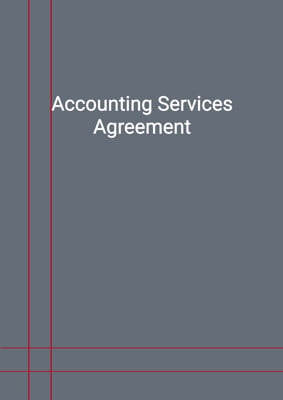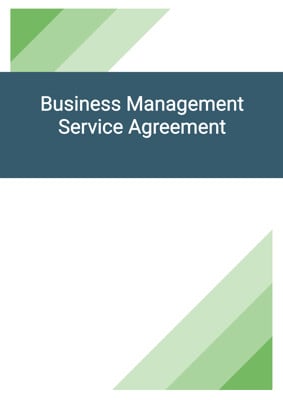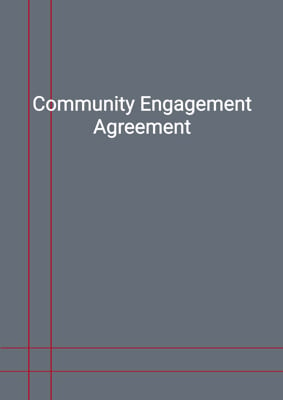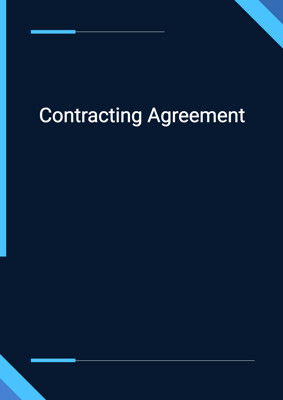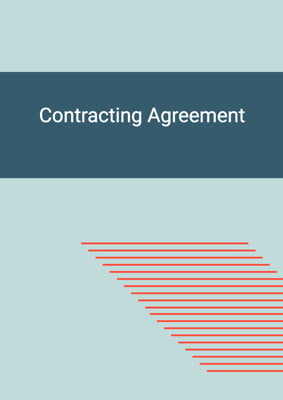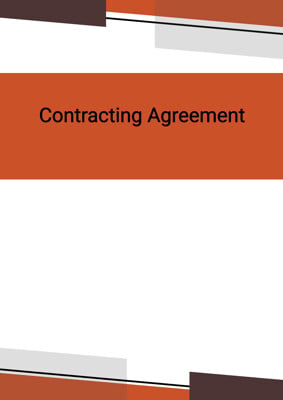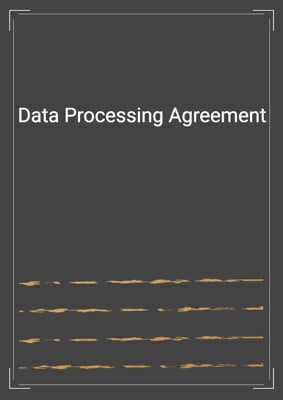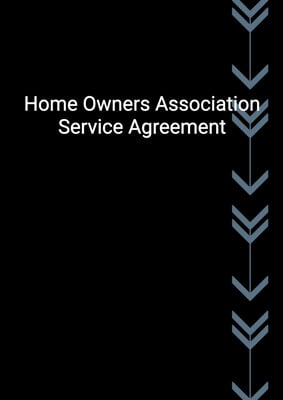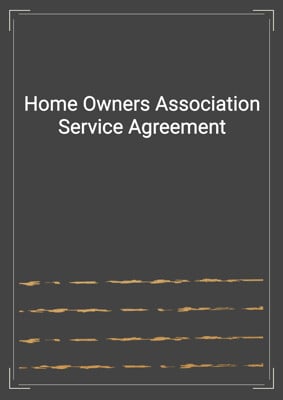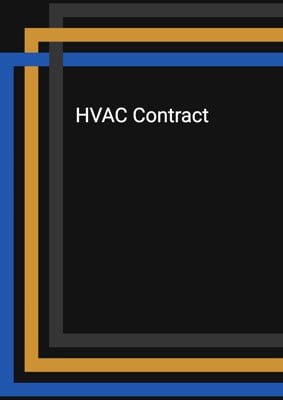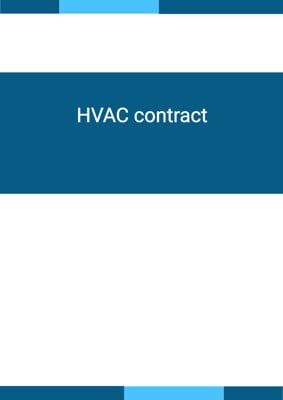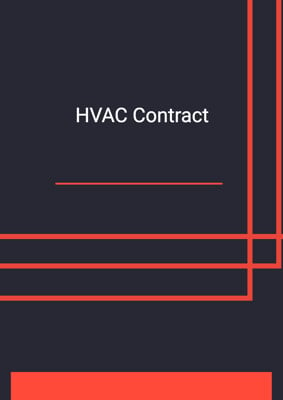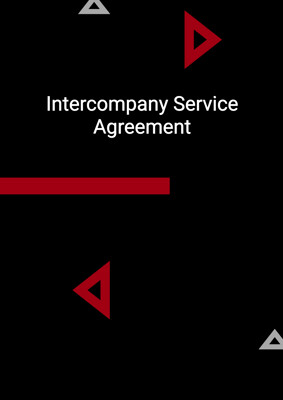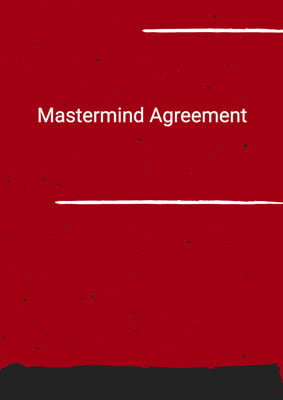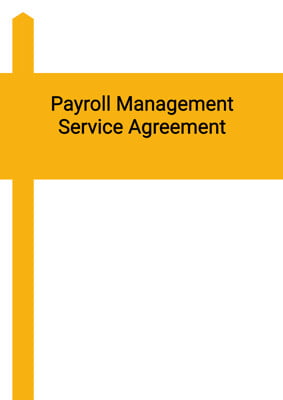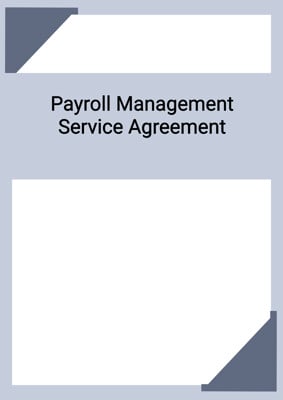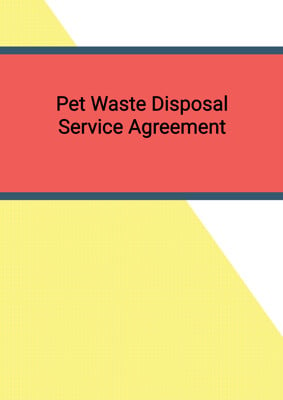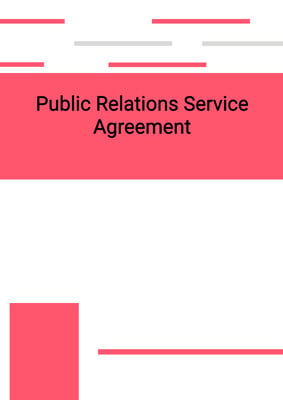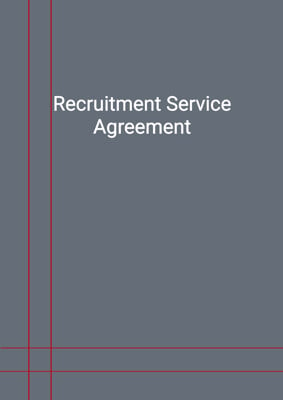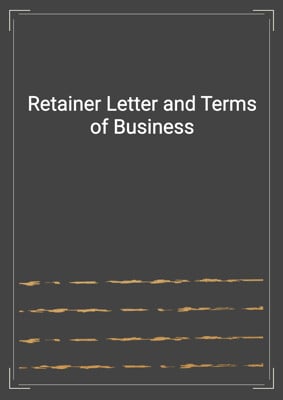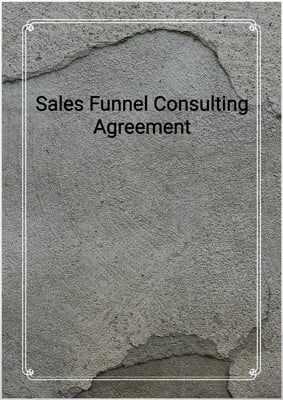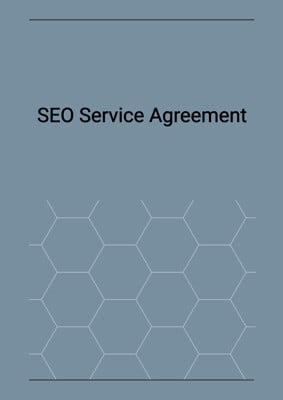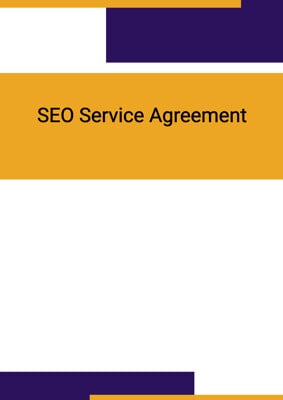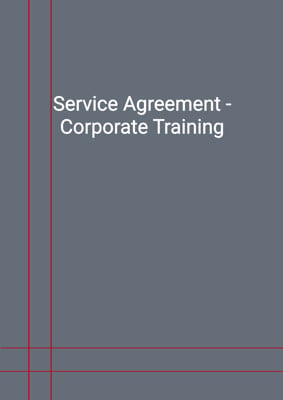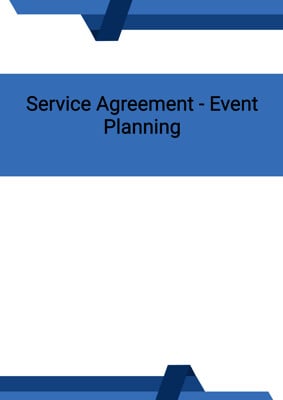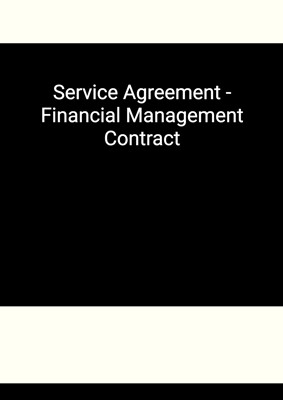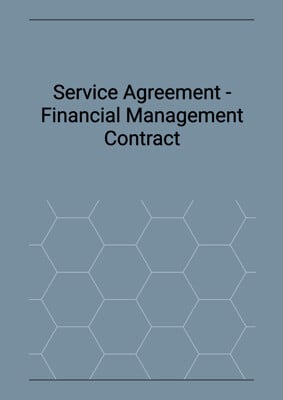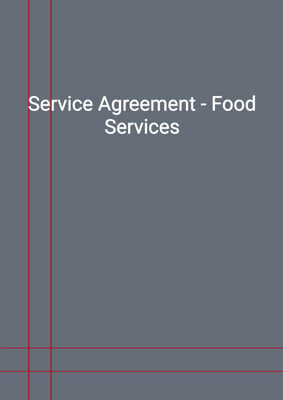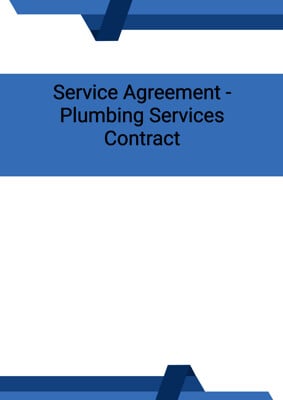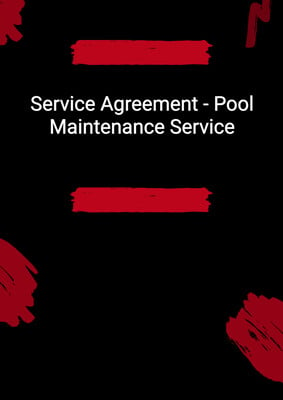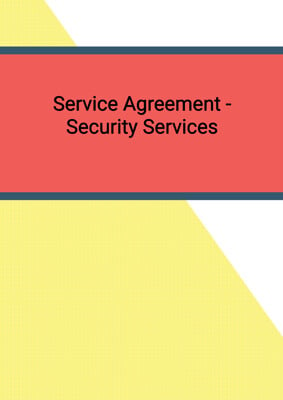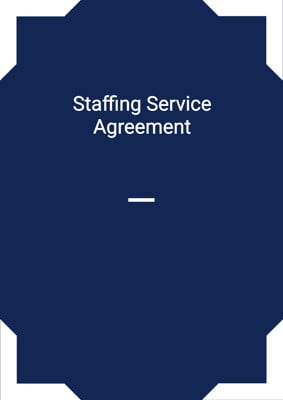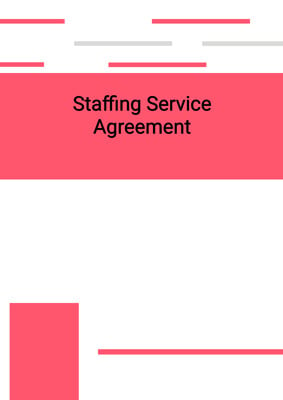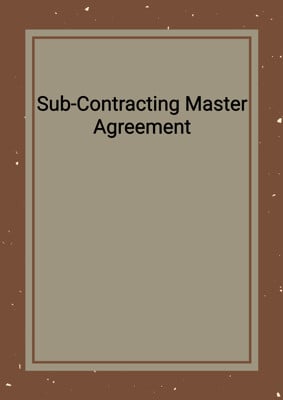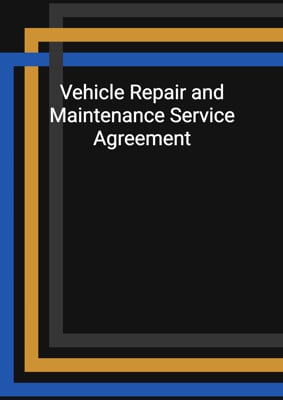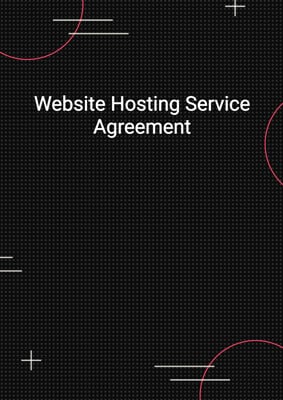How to Tailor the Document for Your Need?
01
Create Document
Fill in the details of the parties. You can click the "Fill with Member’s Information" button to complete it with information saved to your account.
02
Fill Information
Please fill in any additional information by following the step-by-step guide on the left hand side of the preview document and click the "Next" button.
03
Get Document
When you are done, click the "Get Document" button and you can download the document in Word or PDF format.
04
Review Document
Please get all parties to review the document carefully and make any final modifications to ensure that the details are correct before signing the document.
Document Preview
Document Description
This Service Agreement - Cleaning Services is a legally binding document that outlines the terms and conditions between the Contractor and the Customer for the provision of cleaning and other related services. The importance of this document lies in its ability to clearly define the rights and responsibilities of both parties, ensuring that there is no ambiguity or misunderstanding.
The entire document is divided into several sections, each addressing a specific aspect of the agreement. The first section, titled 'Interpretation', provides definitions for key terms used throughout the agreement, ensuring clarity and understanding.
The second section, 'Contractor's Obligations', outlines the responsibilities of the Contractor in providing the services. It emphasizes the need for the Contractor to perform the services in a professional and diligent manner, adhering to industry standards and regulations. It also highlights the Contractor's obligation to comply with all applicable laws and regulations, including those related to anti-bribery and corruption, and data protection.
The third section, 'Completion of the Work', emphasizes the importance of timely completion of the services. It states that time is of the essence and requires the Contractor to complete the services by the agreed completion date. It also addresses the consequences of non-completion, including the entitlement of the Customer to liquidated damages.
The fourth section, 'Service Fees', outlines the payment terms and schedule. It specifies the service fee payable by the Customer and the invoicing process. It also addresses the reimbursement of expenses incurred by the Contractor and the requirement for written consent for expenses exceeding a certain limit.
The fifth section, 'Liabilities and Indemnities', addresses the responsibilities and liabilities of the Contractor in case of any delays, problems, or defects in the provision of services. It also highlights the Contractor's obligation to maintain appropriate insurance coverage.
The sixth section, 'Term and Termination', specifies the duration of the agreement and the conditions under which either party can terminate the agreement. It also outlines the consequences of termination, including the return of confidential information and compensation for completed services.
The seventh section, 'Property Access and Confidentiality', emphasizes the need for the Customer to provide necessary access to the property for the provision of services and the Contractor's obligation to maintain confidentiality of the Customer's information.
The eighth section, 'Announcements/Publicity', requires prior written approval for any announcements or disclosures related to the agreement.
The ninth section, 'Amendment', states that any variation to the agreement must be in writing and signed by both parties. It also clarifies that variations do not constitute a waiver of any provisions of the agreement.
The tenth section, 'Assignment', prohibits the Contractor from assigning the agreement or sub-contracting the performance without the Customer's written consent.
The eleventh section, 'Severability', addresses the situation where any provision of the agreement is held to be illegal, void, or unenforceable. It requires the parties to negotiate in good faith to agree on a valid substitute provision.
The twelfth section, 'Further Assurance', requires the parties to perform any further acts or execute any further documents necessary to implement and give effect to the agreement.
The thirteenth section, 'Warranty of Capacity and Power', includes representations and warranties by each party regarding their authority, power, and capacity to enter into and carry out the obligations under the agreement.
The fourteenth section, 'Force Majeure', states that none of the parties shall be liable for any failure or delay in performing their obligations under the agreement due to causes outside their reasonable control.
The fifteenth section, 'No Rights under Contracts for Third Parties', clarifies that a person who is not a party to the agreement shall have no right to enforce any of its terms.
The sixteenth section, 'Arbitration and Proper Law', encourages the parties to resolve any disputes amicably and in good faith.
The seventeenth section, 'Notices and Service', specifies the methods and timings for serving notices under the agreement.
The eighteenth section, 'Counterparts', allows the agreement to be executed in multiple counterparts, with each counterpart considered an original.
The document concludes with the signatures of the parties, indicating their acceptance and agreement to the terms and conditions outlined in the agreement.
How to use this document?
1. Provide information: Enter the Contractor's and Customer's information in the agreement, including their principal place of business. This ensures that both parties are clearly identified.
2. Specify services: Clearly describe the type(s) of services to be provided by the Contractor. This ensures that both parties are aware of the scope of work and can avoid any misunderstandings.
3. Agree on completion date: If applicable, specify the completion date for the services. This ensures that both parties are aware of the expectations and deadlines.
4. Specify service fees: Clearly state the agreed service fee and the payment schedule. This ensures that both parties are aware of the financial obligations.
5. Address liabilities and indemnities: Clearly outline the responsibilities and liabilities of the Contractor in case of any delays, problems, or defects in the provision of services. This ensures that both parties understand their obligations and potential consequences.
6. Include termination clause: Specify the conditions under which either party can terminate the agreement. This ensures that both parties have clarity on the circumstances that may lead to termination.
7. Address confidentiality: Include a clause regarding the confidentiality of the Customer's information and the Contractor's obligation to maintain confidentiality.
8. Review and sign: Ensure that both parties carefully review the agreement and understand its terms and conditions before signing. Seek legal advice if necessary.
9. Keep records: Maintain accurate records of the services performed, expenses incurred, and invoices issued. This will help in case of any disputes or discrepancies.
10. Communicate effectively: Maintain open and clear communication with the Contractor throughout the duration of the agreement. Address any concerns or issues promptly to avoid misunderstandings or conflicts.
11. Review and update: Periodically review the agreement to ensure its relevance and effectiveness. Update the agreement if there are any changes in the scope of work or terms and conditions.
12. Seek professional advice: If you are unsure about any aspect of the agreement or its implications, consult with a legal professional or seek appropriate advice to ensure compliance and protection of your interests.
Not the right document?
Don’t worry, we have thousands of documents for you to choose from:

